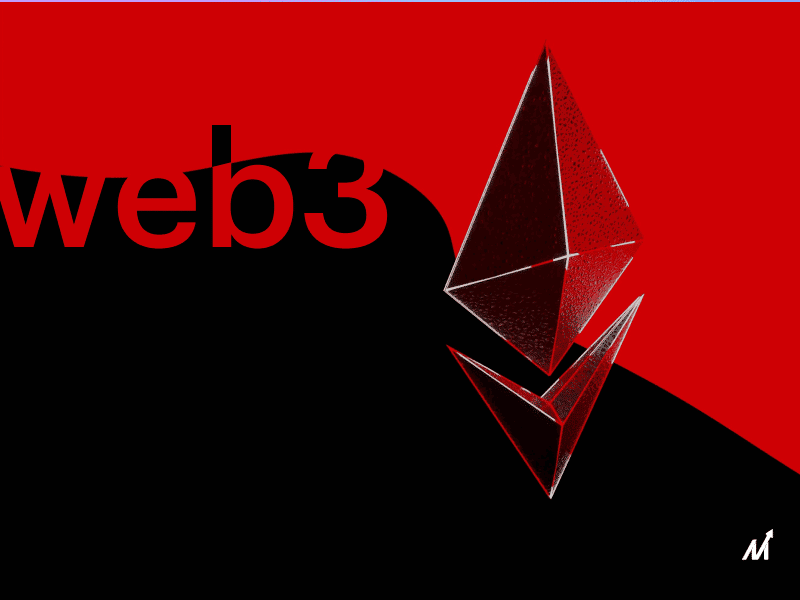Ethereum maintains its lead among Web3 developers, but rivals are catching up in activity, according to a16z’s 2022 State of Crypto report.
The report begins with a brief history of the various web eras and why many people are excited about Web3:
-
Web1 (1990-2005) – Open protocols, decentralized, and community-controlled. However, in terms of functionality, it is quite rudimentary.
-
Web2 (2005-present) – Centralized, siloed services with value and content ownership granted to a small number of multinational corporations. Far more functional, yet prone to digital despotism.
-
Web3 (current) – Aims to integrate Web1’s decentralization and principles with Web2’s more advanced capability.
Ethereum has benefited from the first-mover advantage by demonstrating the potential of smart contracts.
Following Bitcoin, Ethereum is the most well-known name in the crypto industry, hosts the most decentralized applications (dapps), and dominates the decentralized finance (defi) landscape with roughly $71 billion “locked” compared to its nearest competitor, BSC ($8.67B).
Ethereum has approximately 4,000 active developers monthly. This far outnumbers Solana (1,000), Bitcoin (500), and chains such as Avalanche, BNB Chain, Polygon, NEAR, Tezos, Internet Computer, and Cardano (all of which have approximately 300).
Ethereum, on the other hand, has been plagued by high transaction fees and poor speeds. Ethereum 2.0 is expected to address these issues; however, its implementation could take several years longer. Meanwhile, newer platforms have enticed customers by promising inexpensive fees and quick transactions.
Solana, BNB Chain, and Polygon, three of the Web3 platforms, already have considerably more daily transactions than Ethereum. Others are catching up quickly.
Here are the top six platforms, ranked by daily transactions (averaged over 30 days):
-
Solana (15.3M)
-
BNB Chain (5.0M)
-
Polygon (3.4M)
-
Ethereum (1.1M)
-
Avalanche (832K)
-
Fantom (743K)
Solana (15.4M) and BSC (9.4M) topped Ethereum in terms of active addresses over a 30-day timeframe (5.5M).
The high fees associated with Ethereum do not appear to be deterring users. Despite having cheaper transaction rates than Solana, BNB Chain, and Polygon, Ethereum customers are forced to pay exorbitant fees.
According to Ethereum supporters, most alternative platforms forgo decentralization for speed and low costs. On the other hand, users and developers appear to be willing to accept some centralization in exchange for a more scalable and usable experience.
While several aforementioned systems are frequently criticized for being too similar to centralized alternatives, competitors like Tezos and Internet Computer promise to achieve a better balance between decentralization, costs, and performance.
NFTs (Non-Fungible Tokens) are among the most widely used blockchain applications today, empowering creators and providing buyers with irrefutable ownership. Even transaction fees on Ethereum can appear inexpensive when compared to take rates on controlled creator platforms.
“You know something is deeply wrong with our economy when Big Tech has a greater take rate than the mafia,” stated Ritchie Torres, US Congressman from the South Bronx.
Web3 growth occurs in gaming, the metaverse, telephony, DAOs (Decentralized Autonomous Organisations), banking, and art.
Although the value of Web3 project coins/tokens has fallen in recent months, along with the price of IT stocks, there is still a lot of interest in their potential. Regardless of market conditions, Web3 developers will continue to construct the future.
For the latest technological insights and news from our team, visit – News insights and technology updates
News Source: developer-tech





